Foot scanners have become an important tool in services such as custom insoles, orthopedic assessment, and gait analysis.
When learning about the functions of the equipment, many users often overlook a key detail—the “interface type” of the foot scanner. In fact, the choice of interface not only affects the compatibility and data transmission efficiency of the device but also impacts the convenience of overall operation and the ability to connect with subsequent systems.
So, what are the common interfaces of foot scanners? Let’s take a look together.
First is the most common USB interface.
As one of the mainstream data transmission methods today, the USB interface can be easily recognized by most computers and workstations. A foot scanner connected via USB can quickly transmit image and model data while also supplying power, reducing the complexity of device cabling. For stores and studios with frequent daily use, the stability and compatibility of the USB interface make it the most practical choice.
Second is the network interface, also known as the LAN port. This type of interface mainly appears in scenarios that require interaction with local area networks or cloud systems. For example, some foot scanners need to upload scan results to a cloud server in real-time for data backup, remote access, or cross-regional sharing. In such cases, a wired network connection proves to be especially stable and efficient. The advantage of a network interface lies in its fast transmission speed, making it suitable for environments that handle large files or require multi-user collaboration.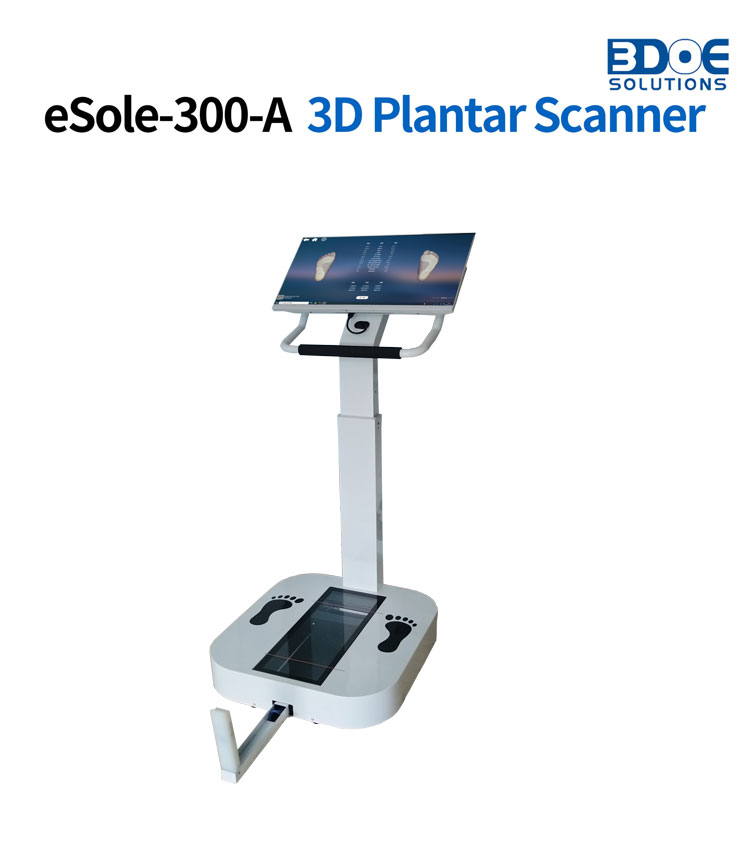
The third type is the Bluetooth interface. Bluetooth is mostly used in portable or wireless foot scanning devices. Through Bluetooth connection, users can pair the scanner with a tablet, smartphone, or dedicated app, enabling data reading and operation without relying on cables. This method is particularly suitable for on-site assessments, in-home services, or scenarios with limited space. Although Bluetooth is slower in transmission speed compared to wired connections, it excels in flexibility and convenience.
Next is the WiFi interface. Similar to Bluetooth, the WiFi interface is also used for wireless connection. However, WiFi provides higher data transmission speeds and longer connection distances. With WiFi access, scanners can connect directly to cloud platforms or remote management systems, enabling real-time uploads, historical data comparisons, and automatic model synchronization, thereby improving digital management efficiency.
Some high-end devices are also equipped with HDMI interfaces. Although HDMI is not used to transmit foot data, it allows scan results or 3D models to be directly projected onto large screens or monitors, making it convenient for client viewing, explanation, demonstration, and training, thereby enhancing the client experience.
It is worth mentioning that, with continuous technological upgrades, new-generation foot scanning devices increasingly emphasize “interface integration.” That is, a single device integrates multiple connection methods, supporting both USB and network wired connections, as well as being compatible with Bluetooth and WiFi wireless connections. Some are even equipped with data backup interfaces or SD card slots, enhancing the system's expandability and operational flexibility.

 +86-0755-86131192
+86-0755-86131192 2025-06-17
2025-06-17 Back to list
Back to list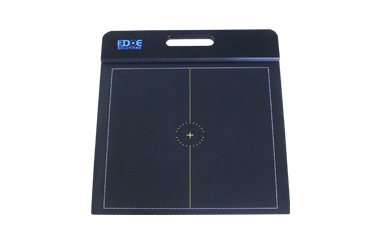
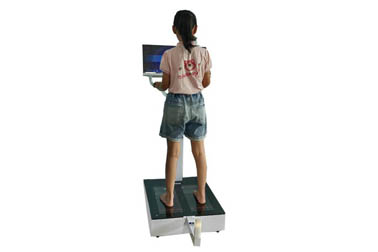
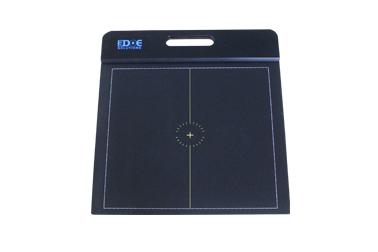
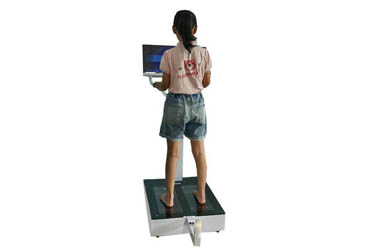
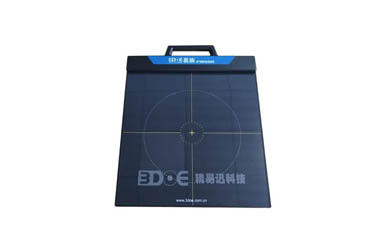
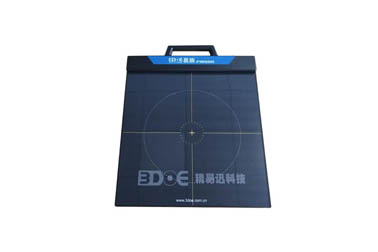



 +86-0755-86131192
+86-0755-86131192